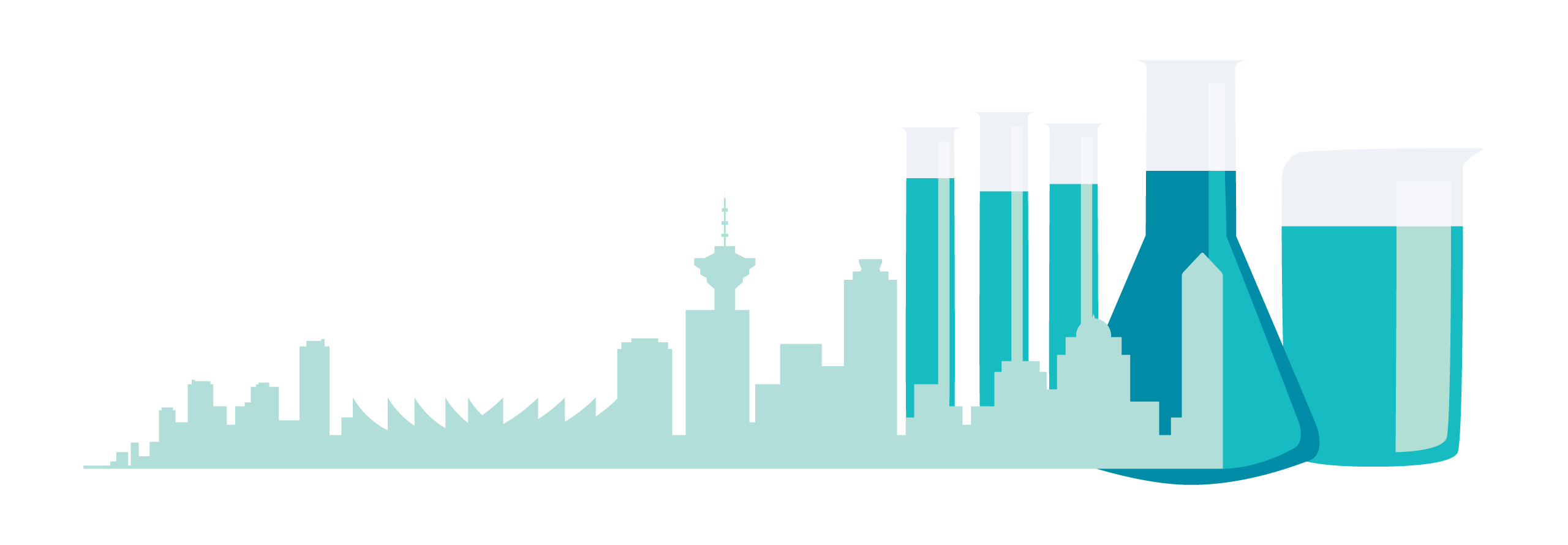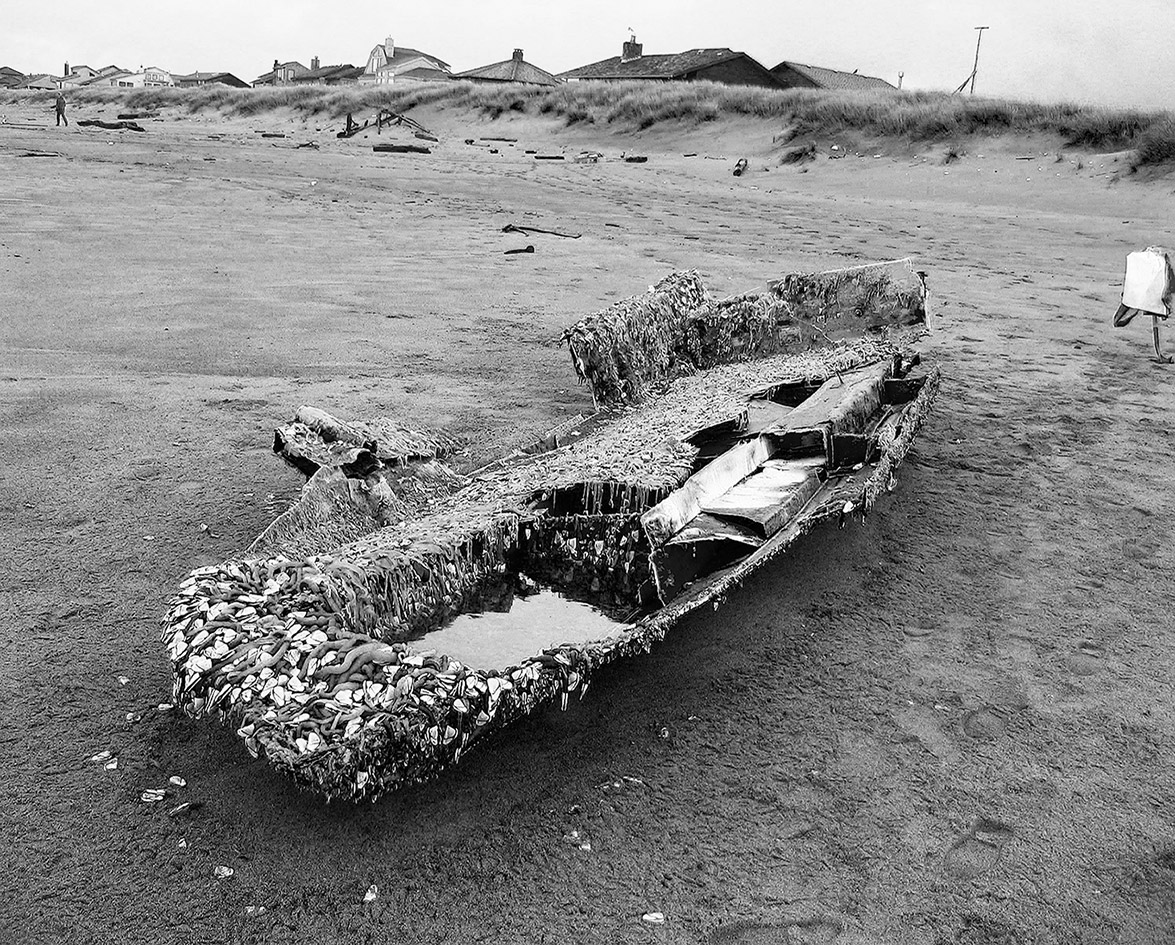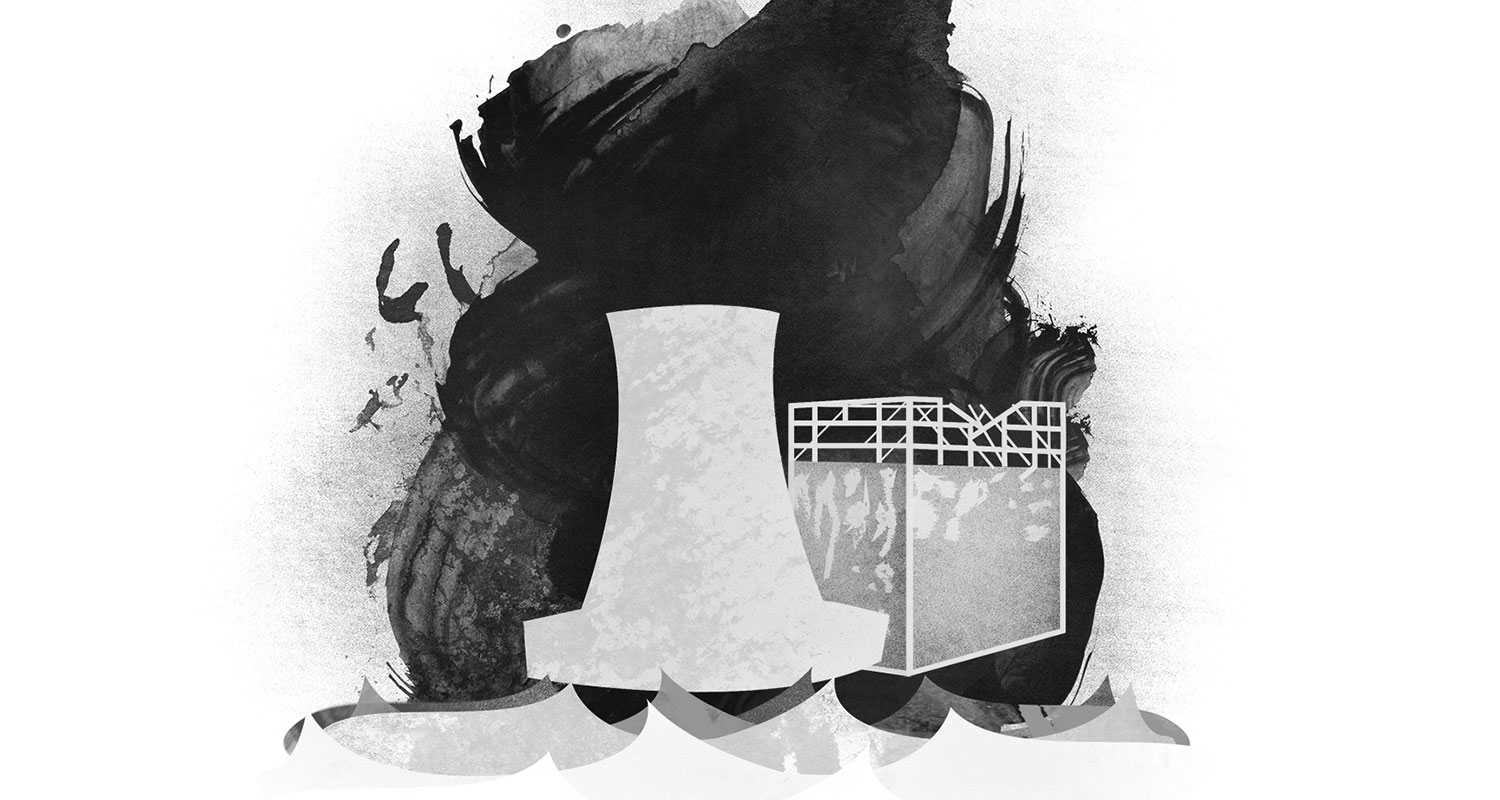On March 11, 2011, Japan suffered what was described by Prime Minister Naoto Kan as the toughest and most difficult crisis that the country has faced in the 65 years since the end of World War II. The earthquake, which struck off Japan’s northeastern coast and measured 9.0 on the Richter scale, was the largest in the country’s history and one of the five most powerful earthquakes ever recorded.
The Resulting Tsunami
The earthquake triggered a massive tsunami with waves reaching heights of just under 40 metres. The resulting damage, spread across 20 prefectures, was catastrophic. Sixteen thousand people lost their lives. To further complicate matters, several of the country’s nuclear power plants suffered significant damage, causing a number of nuclear accidents and adding the fear of radiation to an already wounded country. The most serious of these accidents were reactor meltdowns, which occurred at the Fukushima Daiichi Nuclear Power Plant. It was damaged so heavily that it is not expected to reopen.
In the days following the quake and the tsunami, hundreds of thousands of Japan’s residents were displaced. They found themselves in overcrowded shelters, and had to endure shortages of food, water, and medical supplies. Support for the survivors poured in. The Japanese Red Cross reported USD$1 billion in donations. The global community responded generously, with 128 countries and 33 international organizations offering assistance to Japan.
Monitoring the Debris
In an effort to keep shorelines around the world safe and clean, international organizations such as the United States-based National Oceanic and Atmospheric Administration (NOAA) have been monitoring the debris from the Japan disaster that was swept out to sea by the tsunami. In British Columbia, the provincial government has been working with the Government of Canada as members of the Tsunami Debris Coordinating Committee (TDCC). This organization was formed to develop proper guidelines to prepare for tsunami debris arriving on our shores. Lighter and more buoyant items (such as plastic bags, bottles, tin cans, etc.) have started to reach our beaches. TDCC stresses that it is very unlikely that any of the debris would carry with it radioactive contamination; however, as a precaution, samples of debris are being sent for testing.
Cleaning Up and Moving On
One year after the disaster, Japan is still in mourning, dealing with the scars left behind by the most expensive natural disaster in history. Clean-up efforts continue across the country’s ravaged areas, clearing away some of the estimated 25 million tons of debris and working toward returning to a normal life. The Japanese Red Cross estimates that there are still 300,000 in temporary housing, but they are making every effort to provide for the needs of the displaced residents.











